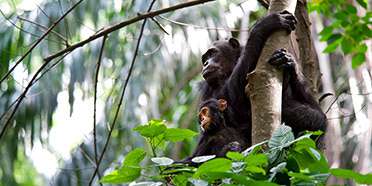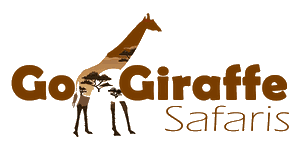
Safari Tours to Gombe NP
-
![13-Day Wildlife Safari, Chimpanzee Trekking, & Zanzibar]()
13-Day Wildlife Safari, Chimpanzee Trekking, & Zanzibar
$10,348 pp (USD)
Tanzania: Private tourLuxuryLodge & Tented Camp
You Visit: Arusha (Start), Lake Manyara NP, Ngorongoro Crater, Serengeti NP, Kigoma (Town), Gombe NP, Stone Town (Zanzibar), Zanzibar (End)

Orege Safari & Tours
5.0/5 – 5 Reviews
-
![17-Day Wildlife Safari with Chimps and Beaches]()
17-Day Wildlife Safari with Chimps and Beaches
$3,446 pp (USD)
Tanzania: Shared tour (max 6 people per vehicle)BudgetCamping & Lodge
You Visit: Arusha (Start), Tarangire NP, Serengeti NP, Central Serengeti, Ngorongoro Crater, Lake Manyara NP, Materuni (Highlight), Gombe NP, Stone Town (Zanzibar), Zanzibar (End)

Colours Africa Tours and Safaris
5.0/5 – 159 Reviews
-
![19-Day Tanzania Western & Southern Safari & Chimpanzee]()
19-Day Tanzania Western & Southern Safari & Chimpanzee
$6,800 pp (USD)
Tanzania: Private tour
Mid-range Lodge & HotelYou Visit: Dar es Salaam (Start), Kigoma (Town), Gombe NP, Katavi NP, Lake Tanganyika, Mbeya (City), Kitulo NP, Ruaha NP, Mikumi NP, Dar es Salaam Airport (End)

Gogiraffe Safaris
5.0/5 – 15 Reviews

 Tanzania Parks
Tanzania Parks










